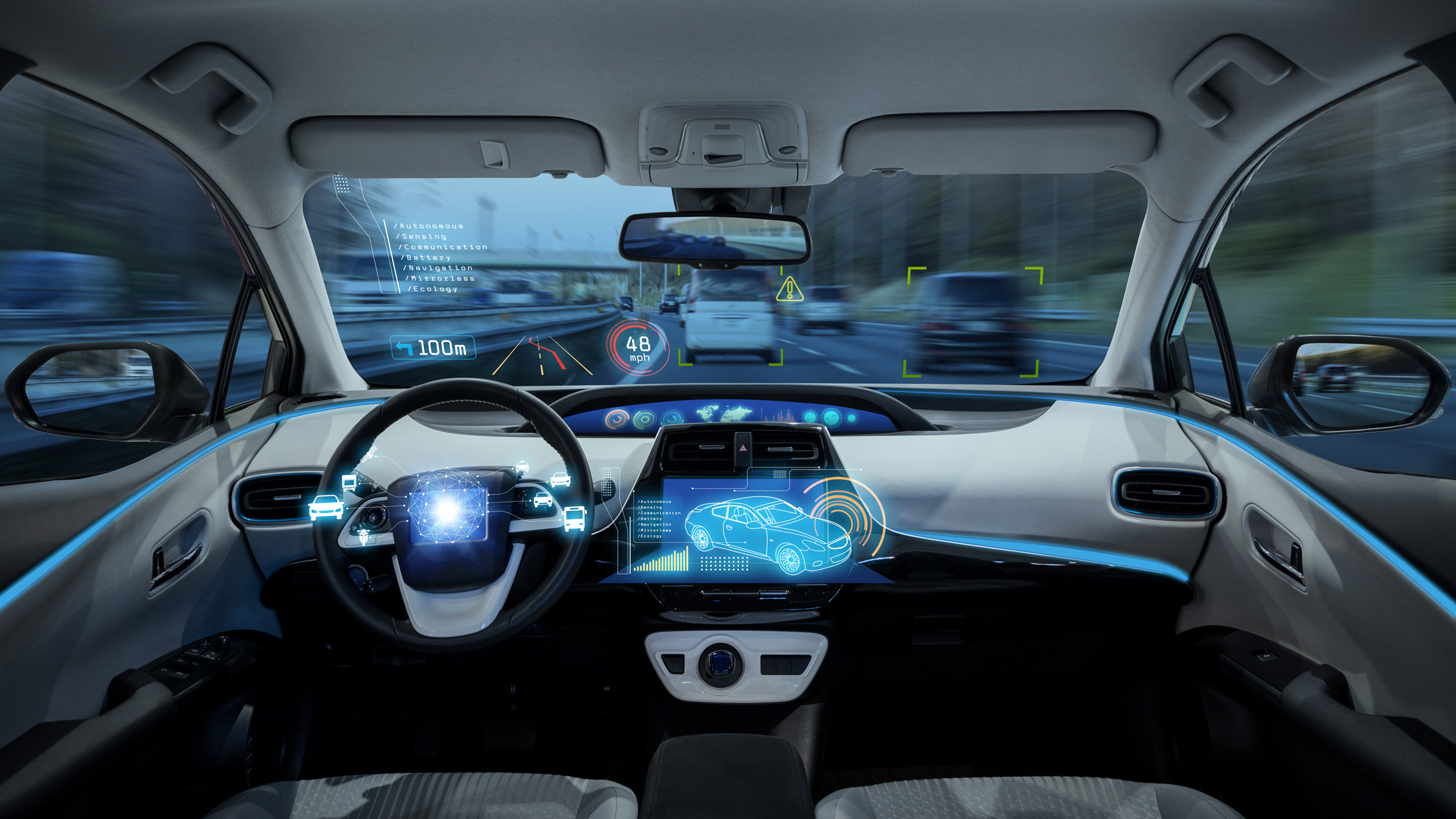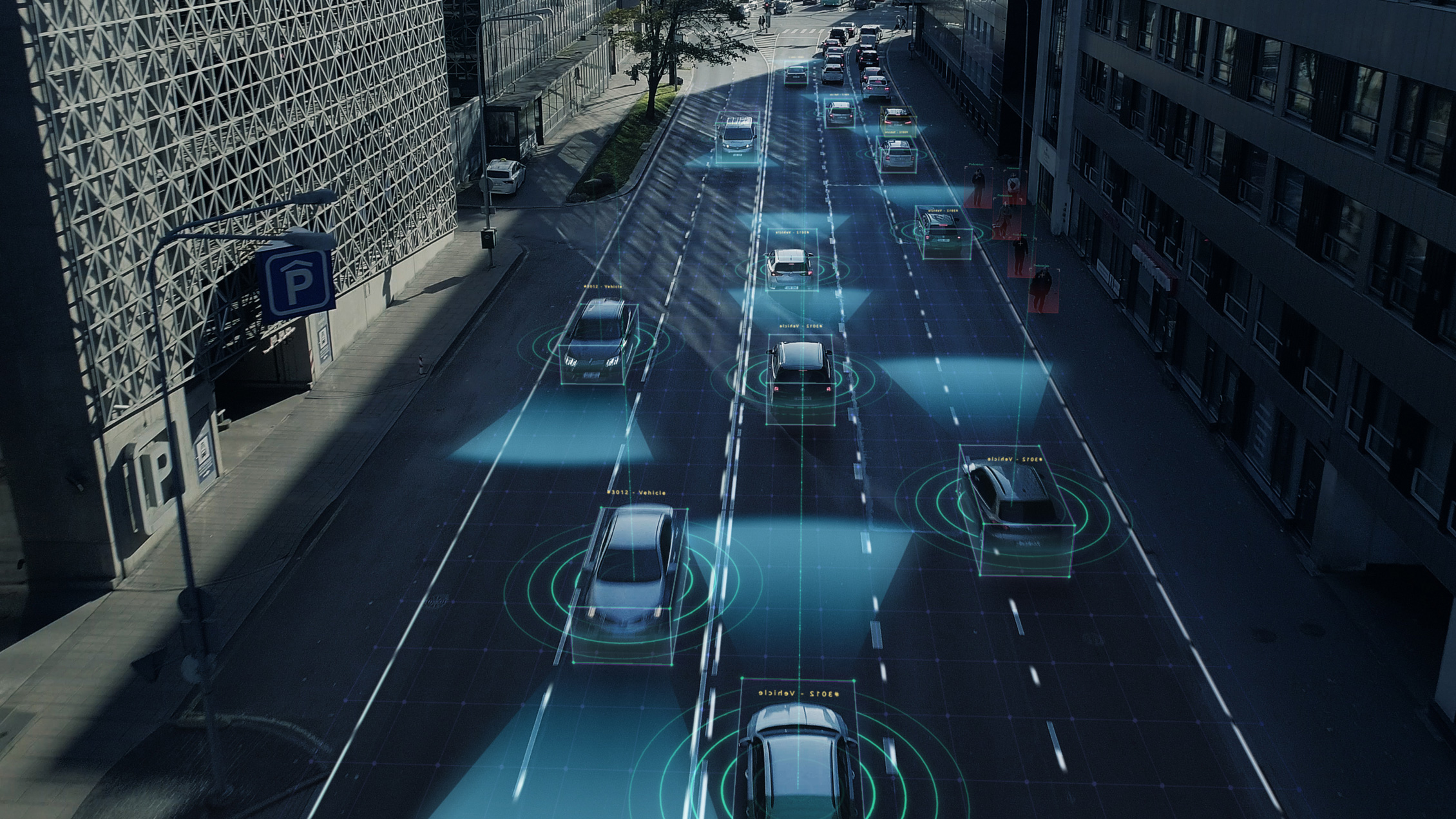|
Getting your Trinity Audio player ready... |
The road to autonomous vehicles (AVs) may seem recently paved, but it stretches back much further than most expect. AVs, also known as self-driving cars, technically predate human-operated cars. While the first gas-powered vehicle hit the streets in 1886, the blueprint for a three-wheeled, self-propelled cart was sketched out by Leonardo Da Vinci in the sixteenth century. It functioned similarly to a mechanical clock and is also thought to be the first robot.
Hundreds of years later, in the 1980s, Carnegie Mellon University developed the first self-driving car, powered by computers, radar, and lidar (light detection and ranging). It would still be decades before the average consumer could take a ride in an AV, let alone own one, but that didn’t stop optimistic tech-minded billionaires from making promises that self-driving cars would be available…any minute now. Elon Musk has done so annually since 2014.
The development and optimization of a consumer-ready AV is not an overnight feat, but thanks to the increasing prevalence of artificial intelligence (AI), the process is speeding up. Newer car models feature more autonomous capabilities, preparing drivers for a future where they will be nothing more than passengers.
So, whether you want to be first in line for your own AV, or you just want a conversation starter for your next dinner party, here’s everything you need to know about self-driving cars—from opportunity to obstacle.
How do you actually define a self-driving car?
Cars that are autonomous, driverless, robot—whatever you want to call them—rely on advanced technology to perceive their surroundings (e.g., traffic signs, pedestrians, and road work), allowing them to navigate certain controls without human intervention.
How does a self-driving car work?
The tech involves capabilities like advanced sensors, processors, and AI algorithms. These cars can “see” thanks to a combination of radar, cameras, and lidar. Radar tells them how much distance is between them and another car, cameras let them know when the traffic light is red, and lidar keeps them from drifting into the next lane. The processors collect all the sensory data, which become instructions for the car’s actuators (what converts electrical signals into action) that ultimately control accelerating, steering, braking, and the like.

So, self-driving cars don’t need humans to do anything at all?
Not exactly. Not yet, anyway. AV technology is rapidly evolving, but with every iteration comes new bugs to work out, which is why humans still need to be present and alert in most situations. It’s also important to understand that not all AVs are created equal. The Society of Automotive Engineers (SAE) breaks down self-driving cars into six levels classified by how much human involvement is required to operate them.
What does each level mean?
Level 0: No driving automation. The driver is responsible for everything. Even though these cars may have features that momentarily assist the driver, these won’t actually do any of the driving. Conventional cruise control (which must still be set by the driver) and automatic e-braking make things safer, but these are not considered functions that replace human intervention.
Level 1: Driver assistance. Things get a little fancier here. The car can again assist the driver but this time in a more consistent way with things like lane centering or adaptive cruise control (adjusting speed to maintain a safe distance from vehicles ahead), but not at the same time. The driver supervises all aspects.
Level 2: Partial automation. The aforementioned features still apply, but can be managed by the car in tandem. If something goes wrong or the road conditions are dangerous, the system cannot solve the problem itself; the human driver always needs to supervise and be ready to take control. The Tesla Autopilot and Audi Traffic Jam Assist are prime examples of partial automation.
Level 3: Conditional automation. The vehicle can perform all driving tasks under specific conditions, but the driver must be ready to take control when prompted. The Honda 100 Legend Flagship car is reportedly the first Level 3 autonomous car.
Level 4: High automation. The vehicle can operate by itself in specific environments or conditions and may not even have a steering wheel or pedals. It’s programmed to go from Point A to Point B, making it ideal for driverless rideshare companies like Waymo. These AVs (and rideshare programs) aren’t approved for general use in every state yet but have programs in major cities such as Phoenix, Arizona, and Santa Monica, California.
Level 5: Full automation. The vehicle can perform all driving tasks under all conditions, in any weather, unrestricted to one predetermined destination. The car is even considered sentient. Sound too good to be true? Well, it is (for now). Aside from perfected AI, an AV that could truly drive anywhere would need every inch of road—dirt, alley, gravel, unmarked, overrun with zombies—to be mapped and accessible. Of course, this level is the goal, but engineers currently disagree on its viability.
What are the benefits of self-driving cars?
The allure of AI and automation is the reduction of human error, and AVs are no different. Self-driving cars have a quicker response time than humans to detect and respond to danger on the road. They don’t get drunk or need to sleep. (Did you know that it’s riskier to drive sleep-deprived than drunk? Please do neither.) Higher-level AVs will use real-time data analysis to minimize delays and shorten travel times. Plus, being electric makes them more environmentally friendly. They also would provide an accessible transportation solution for seniors and people with disabilities. Ideally, they would balance safety and convenience.

What are the drawbacks of self-driving cars?
Unfortunately, AVs are not all green lights and sunset cruising. Novel technology is subject to glitches—the last thing you want to experience while merging onto the highway. There’s inevitable danger to riding in a 5,886-pound autonomously controlled vehicle (the weight of a Waymo-employed Jaguar I-Pace). Waymo passengers have reported minor flaws like clipped curbs and tediously long routes, as well as more disturbing ones, like the occasional struggle to recognize—and avoid—irregularly shaped objects.
On a more jarring level, according to a UK study that tested the detection skills of open-AI AV systems, there is a serious discrepancy in recognition abilities between different ages and races. The systems reportedly failed to identify individuals with darker complexions nearly 8 percent more than those with lighter skin, and it worsened considerably at nighttime. The study also claims that children are about 20 percent less likely to be identified than adults.
These are serious risks that manufacturers must consider as they work to optimize both existing and newer models of AVs.
When will self-driving cars become the norm?
Predictions for the next few years claim that Level 4 self-driving cars will be permitted in more areas under good conditions, and Uber will begin adding them to their fleet. Historically, though, these timelines always get pushed back.
Even once engineers can address potential bugs and worrisome biases in the systems (which, unfortunately, may not all happen before these vehicles hit the dealerships), there is still a high price point that will prevent the majority of consumers from going driverless. There are also regulatory, liability, and privacy issues for lawmakers to contend with, varying by state.
The future of transportation is both bright and bleak, depending on who you ask and what state you’re in. Undeniably, self-driving cars hold promise for revolutionizing the way we commute, something that has never not been a pain point. But the assured value of AVs is supposed to be safety, so until makers can ameliorate the dangers posed to pedestrians and passengers, we shouldn’t hurry them out of the test lab. Slow and steady wins the race.

